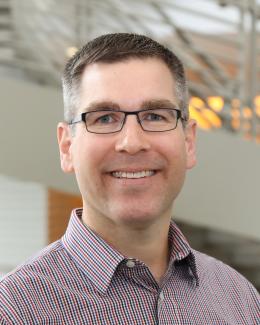
Bio
In January 2021, Justin joined the Second Target Station (STS) Project to work on R&D of target systems components and assemblies for the STS. In this role, he is leading the development of manufacturing and inspection processes for the target assembly, as well as contributing to the characterization of unirradiated and irradiated materials in the target assembly (including tungsten, tantalum, niobium, copper, and Inconel). Validation of the prediction of manufacturing residual stress is a critical part of the manufacturing R&D for the current target design concept. Justin also led a multi-directorate team to develop and execute a proton beam impact test of clad-tungsten target blocks to verify transient dynamic results.
He began his ORNL career at the Spallation Neutron Source (SNS) in early 2019, leading the structural analysis effort for the Proton Power Upgrade 2 MW mercury target preliminary and final designs—improving and further developing the static, dynamic, and fatigue analysis processes. He also led the effort to create a First Target Station target system development plan and led part of a proposal team to secure funding for machine learning enabled optimization of the mercury target dynamic analysis.
Justin’s work at SNS leveraged his industry experience from 2010-2019, where he worked for seven years at Caterpillar Inc. in heavy equipment manufacturing R&D and two years at ATK (now Northrup Grumman) in ammunition manufacturing R&D. At Caterpillar, Justin was responsible for leading project teams to develop and apply welding process simulation technologies that supported new product introduction and continuous product and process improvement across the company. He conducted high energy x-ray diffraction experiments at synchrotron light sources to validate welding residual stress predictions and measure residual stresses from other manufacturing processes. Justin also performed structural analysis to support product development and failure investigation. At ATK, Justin was responsible for finite element modeling and simulation of small caliber ammunition where he performed non-linear, explicit transient-dynamic analysis of metal forming, assembly, and internal to external ballistic events.
During his time in academia, Justin developed expertise in finite element methods and mesoscale material modeling of metals. His dissertation focused on the development of a continuity requirement derived from field dislocation mechanics on the elastic rotation field in classical crystal viscoplasticity, which enabled the prediction of experimentally observed effects on texture evolution, hardening, and failure mechanisms in polycrystalline metals. Justin holds BS, MS, and PhD degrees in Mechanical Engineering from the University of Illinois at Urbana-Champaign.

